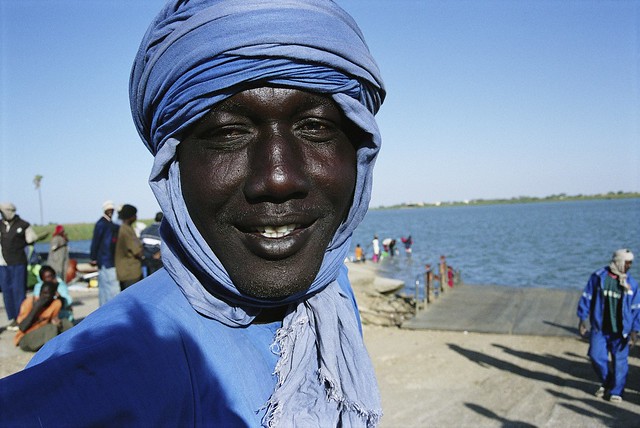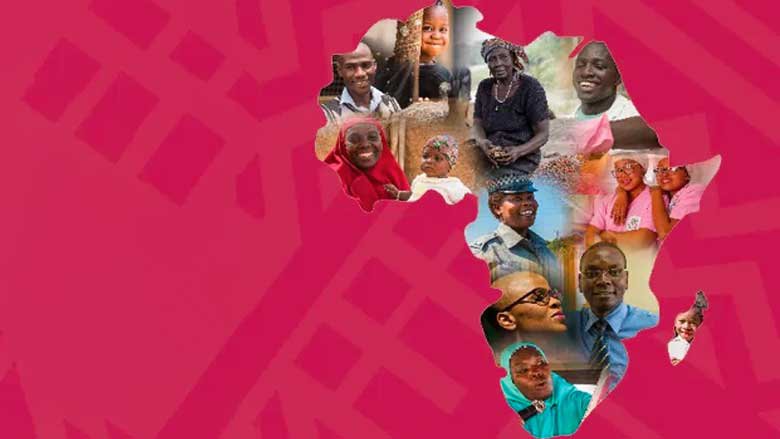The Republic of Zimbabwe is a lower-middle-income country with strong human and natural capital and considerable growth potential.
Over the past two decades Zimbabwe has experienced significant economic volatility, low growth and high informality, as well as increasing poverty. Poverty reduction has been constrained by structural factors including macroeconomic volatility, dependence on low-productivity agriculture combined with exposure to weather shocks, low coverage of social assistance programs, and high inequality in income and human capital development. The country is also highly exposed to climate change, facing increasingly frequent climate-related shocks that exacerbate vulnerability and food insecurity.
Even so—Zimbabwe can build on its highly educated workforce, abundant natural resources, and recent advances in economic policy, together with key structural and institutional reforms—to achieve steady and rapid growth and move towards upper-middle-income country status, which the Government of Zimbabwe has targeted for 2030.
Economy
Zimbabwe’s Gross Domestic Product (GDP) growth slowed to 1.7% in 2024, primarily due to a severe drought that affected agricultural and hydro-power output. Macroeconomic stability has improved throughout 2025, with significant reductions in inflation and notable exchange rate stability. Growth is projected to rebound to 6% in 2025, supported by a good agricultural season, record-high gold prices, and strong remittance inflows. Yet the recovery is delicate, and fiscal risks remain elevated.
Zimbabwe continues to be in debt distress, with high and unsustainable public debt that limits its access to international financing. Due to accumulation of external arrears and legacy debts, total public debt reached $23.2 billion in 2024 (72.9% of GDP). Zimbabwe has been in non-accrual status to the World Bank since 2000 and is also in arrears to the African Development Bank (AfDB) and the European Investment Bank (EIB).
Last Updated: Oct 02, 2025








